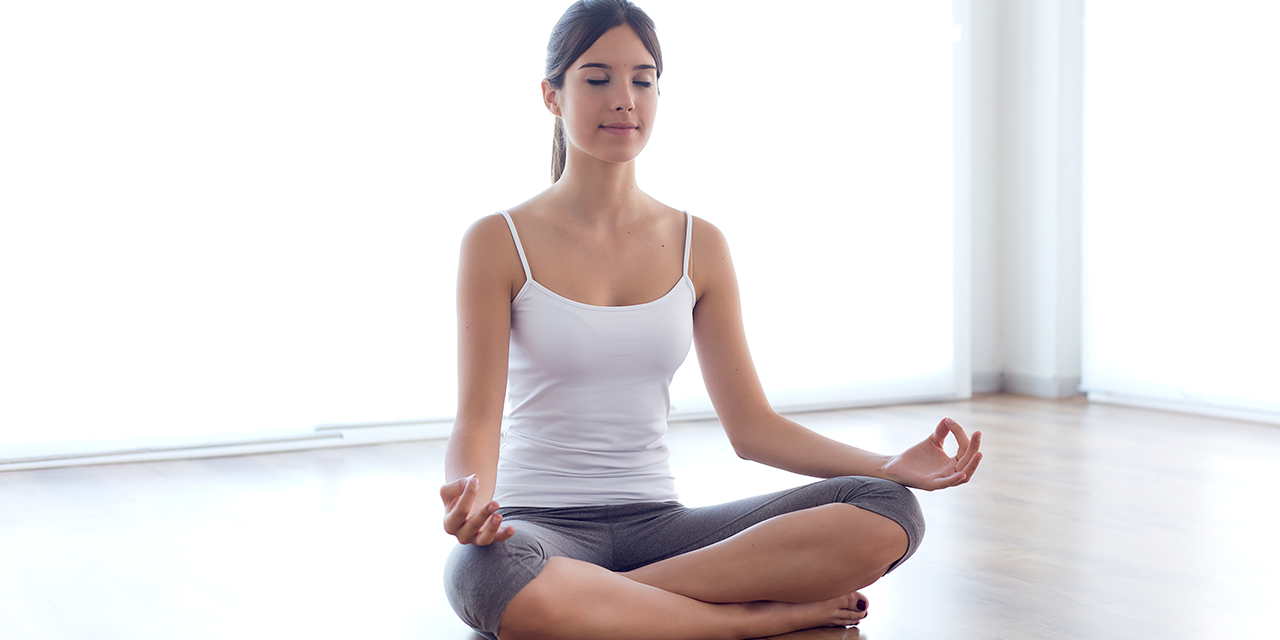Why is Yoga beneficial for migraines?

Migraines are severe headaches that generally begin unilaterally, associated with nausea, vomiting, and sensitivity to light, noise and odor. Migraine headaches negatively effect daily life. Migraine patients often have an increased stress response associated with an overworked sympathetic nervous system. Both immediate stress and ongoing chronic stress can trigger migraine attacks or cause them to be more severe. Sleep problems, especially sleep deprivation, can increase migraine attacks. Migraine incidences increase in patients with neck problems and neck pain. Weight gain and being overweight can intensify migraine attacks and increase pain. Most migraine patients have problems with serotonin metabolism. Migraines are not isolated; they are often accompanied by fibromyalgia, irritable bowel syndrome, chronic fatigue syndrome and blood pressure problems.
How is Yoga beneficial for migraines?
- Increasing endorphin levels
- Increasing serotonin and dopamine levels
- Increasing flexible thinking
- Increasing body flexibility
- Increasing muscle strength
- Improving sense of balance
- Increasing respiratory capacity
- Increasing endurance
- Increasing heart rate variability
- Reducing sympathetic dominance
- Increasing parasympathetic activity
- Reducing blood pressure
- Strengthening the immune system
- Reducing insulin resistance
- Reducing chronic inflammation
- Helping weight loss
- Improving sleep quality
In addition these, meditation and breathing exercises performed with yoga asanas help with:
- Depression symptoms
- Anxiety
- Anger issues
- Increase in melatonin levels
- Provides increased theta wave activity in the brain.
The following were evident in patients who practiced yoga and meditated regularly for 8-12 weeks:
- Reduction in pain frequency
- Reduction in pain intensity
- Reduced pain associated with symptoms
- Reduction in pain killer amount and frequency
- Increased quality of life
- Increase in wellbeing
- Reduced fatigue
- Decrease in negative emotions
If you’ve never done yoga before (or if you’ve taken 1-2 classes), then start with beginner classes. Slowly increase the difficulty level of poses as you get stronger and your body and brain adapt to the poses. If you have frequent head and neck pain, take yoga therapy classes. If possible, take yin yoga and restorative yoga classes with basic hatha yoga classes. You’ll get stronger and more flexible with out overexerting your body.
Avoid the following at the beginning or during an migraine attack:
- Poses where the head is placed under the heart (inversions, head stands, hand stands)
- Twists that increase intra-abdominal pressure
- Squat poses that increase intra-abdominal pressure
- Practice yoga therapy, yin yoga and/or restorative yoga, which require less effort during an attack.
During severe episodes, lay down on your back in the restorative resting pose in a dark place: lay on your back, lay the soles of the feet on the floor in front of the hips (legs in reverse, v-shaped), open your hands to the sides, close your eyes. In the meantime, if you put a cold cloth / ice on your head, it will alleviate the pain. During the time you lie down, imagine your hands warming up/warmer than your body and try to actually warm them, which will alleviate pain by affecting the blood flow in the brain. If your pain has not decreased or has not passed (or you couldn’t fall asleep) after 20 minutes of being in the restorative resting pose, you can perform acupressure: squeeze the fleshy area between the thumb and index finger with your opposite hand, repeating a few times. Another acupressure area is the points where both your eyebrows begin; press and release these points a few times. Furthermore, massaging your temples will help relieve the pain.

